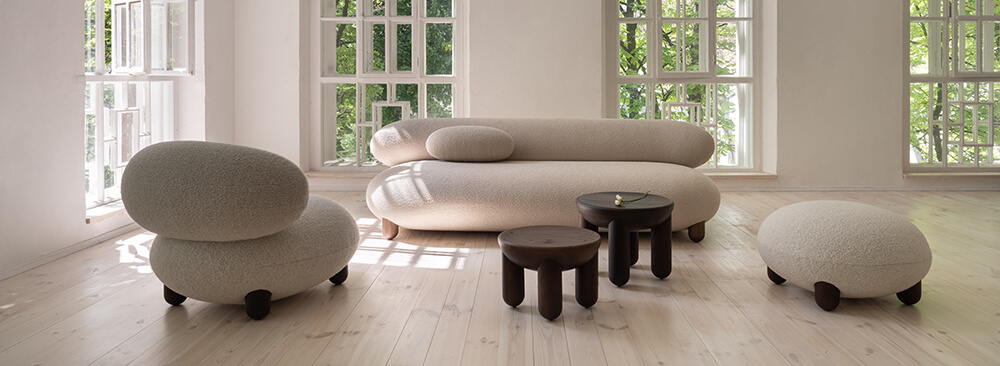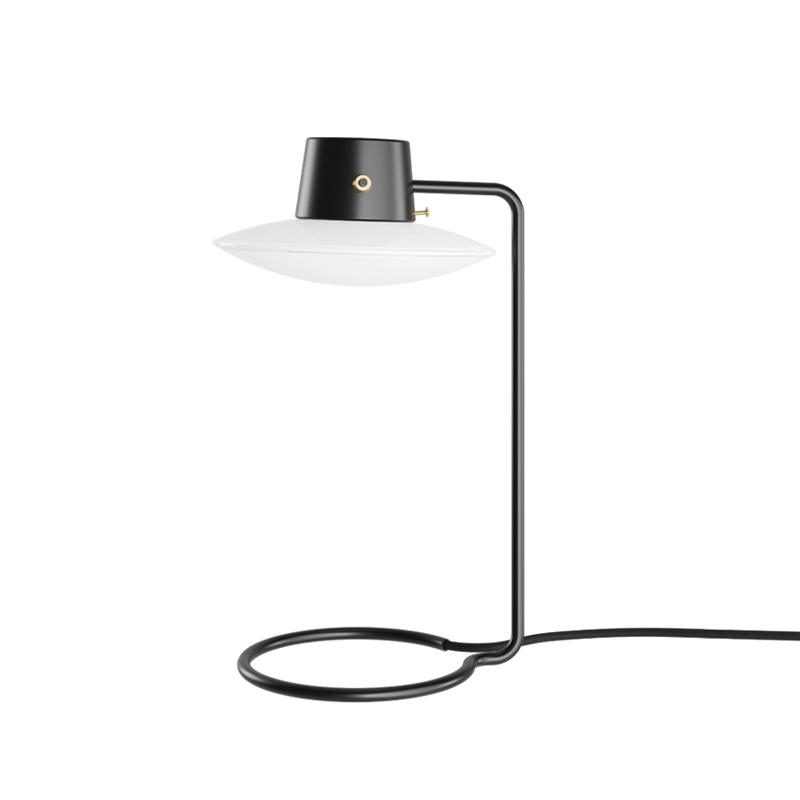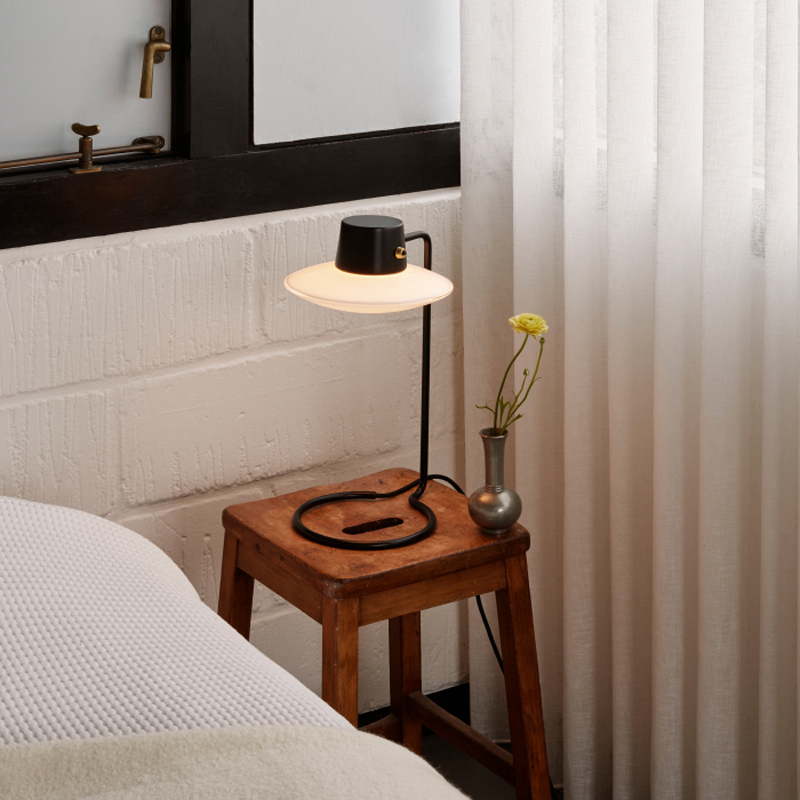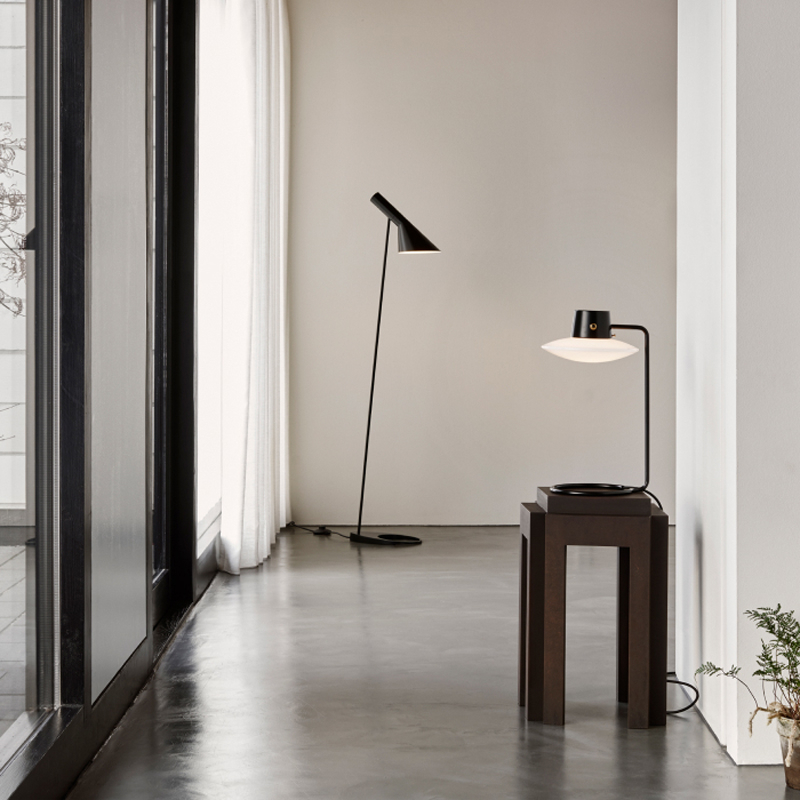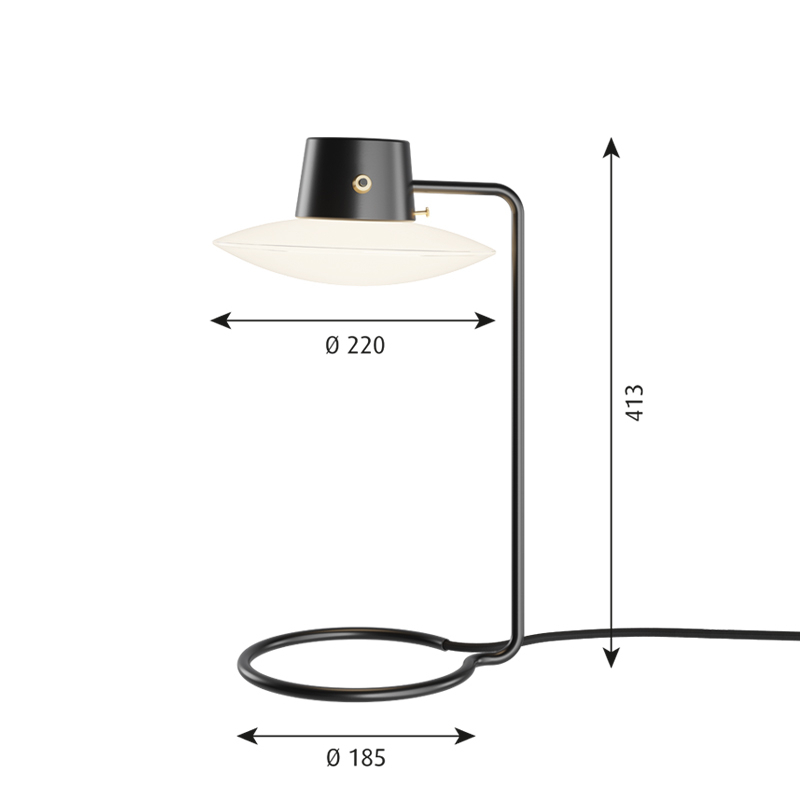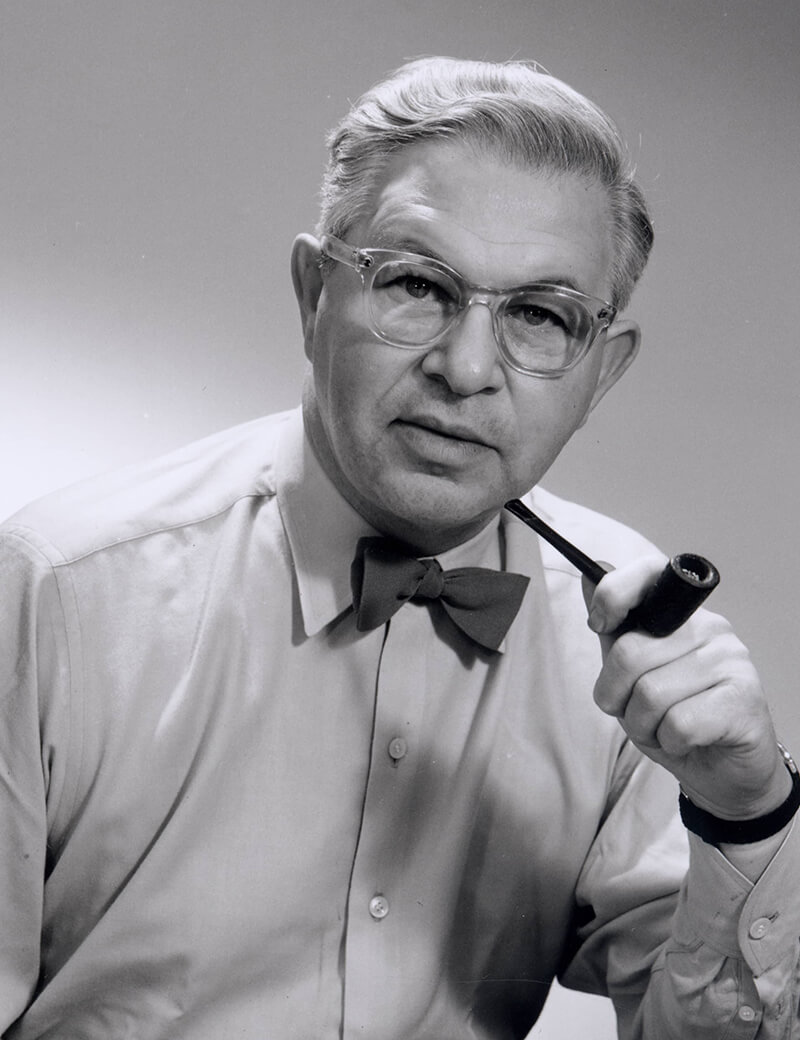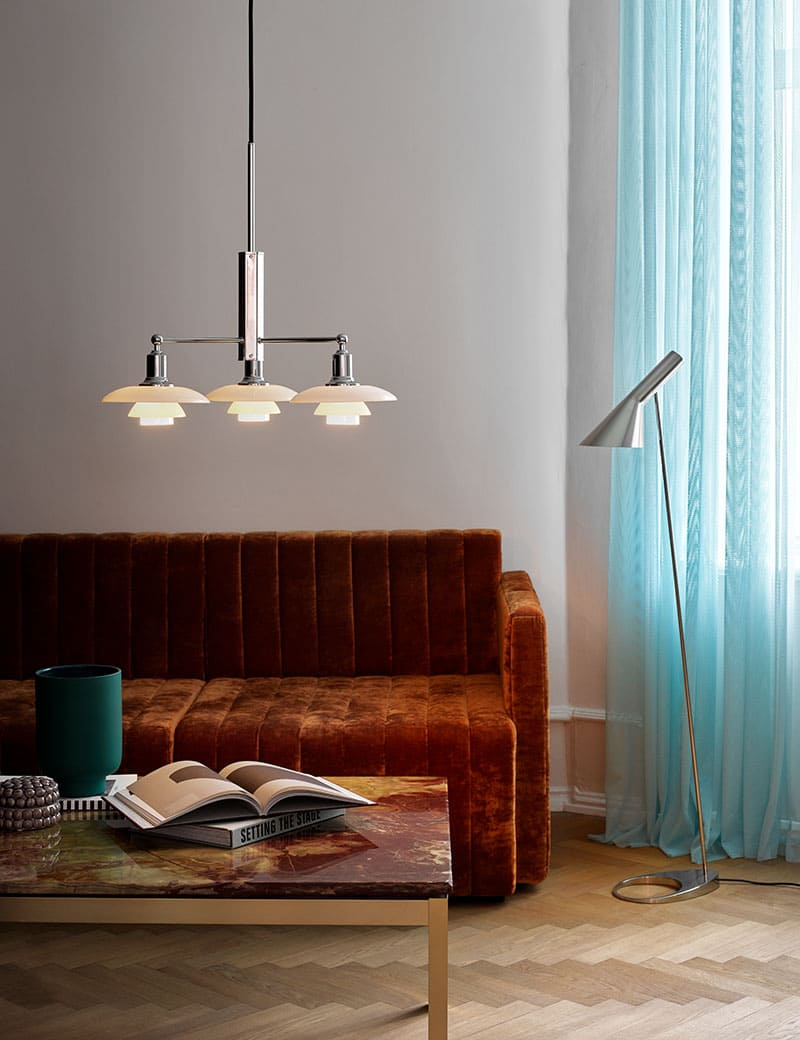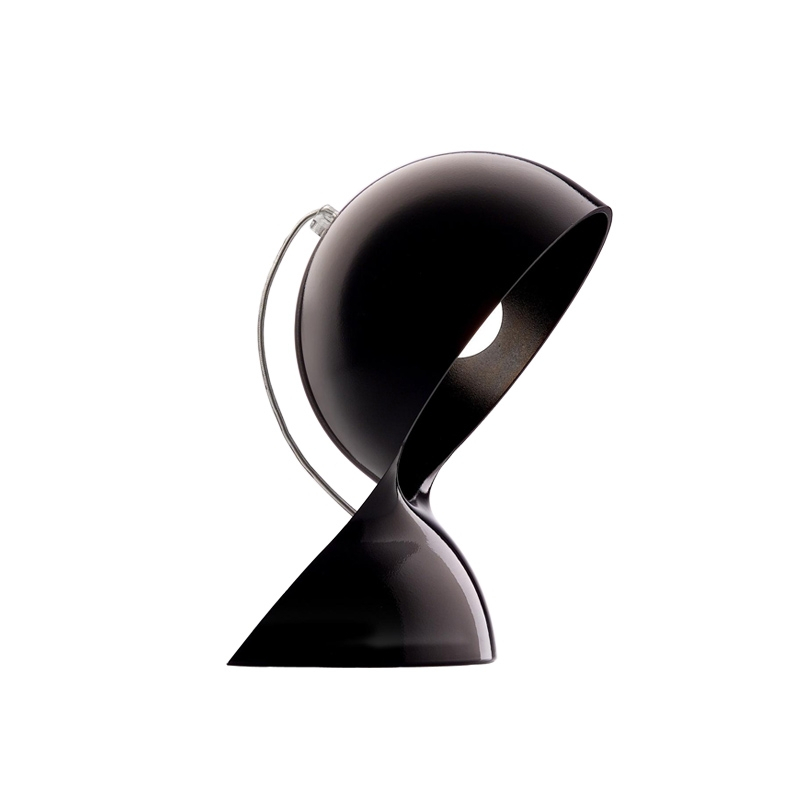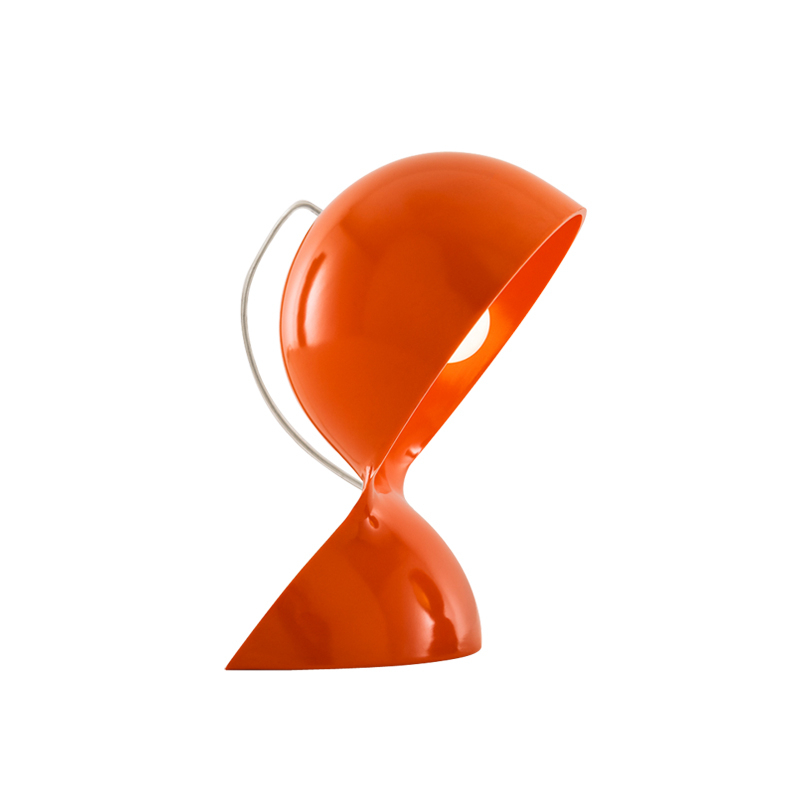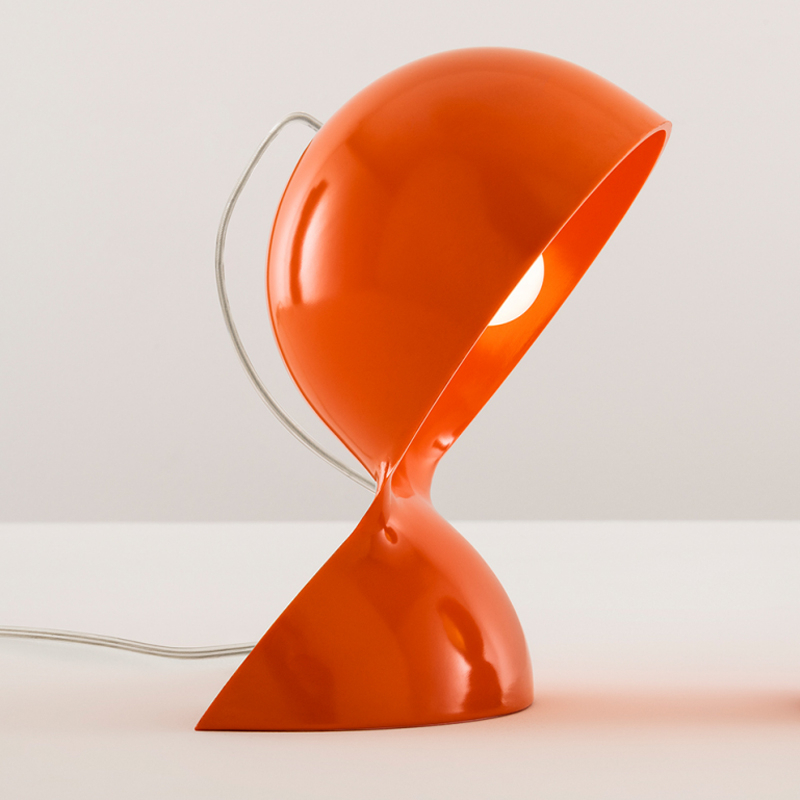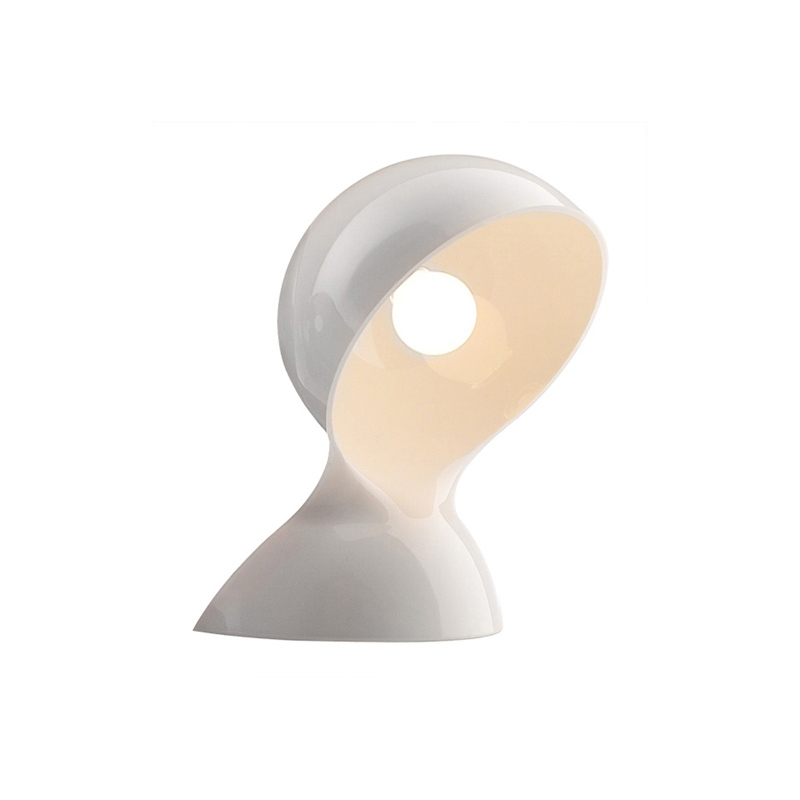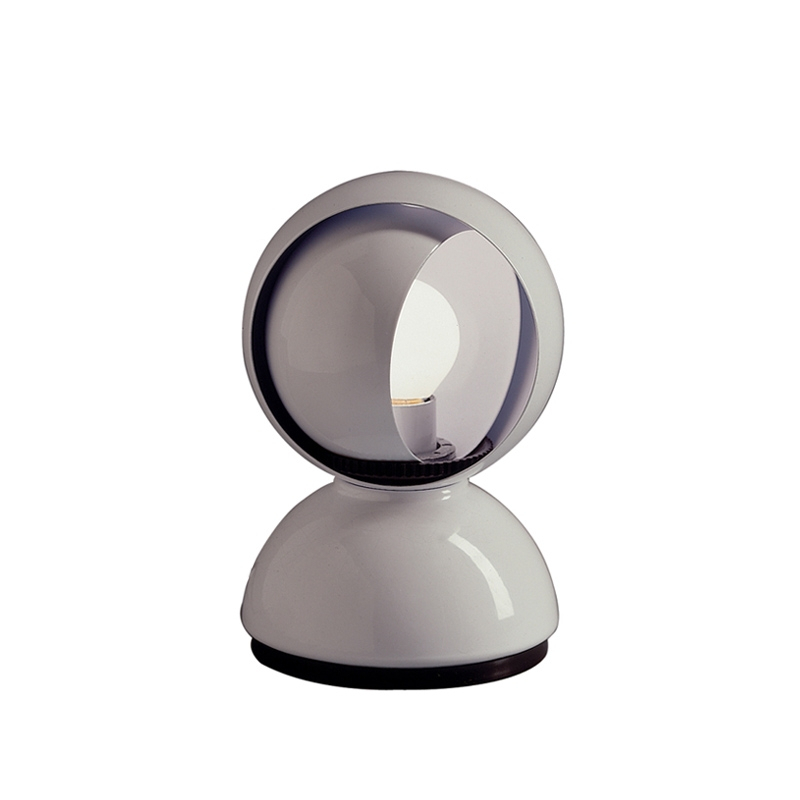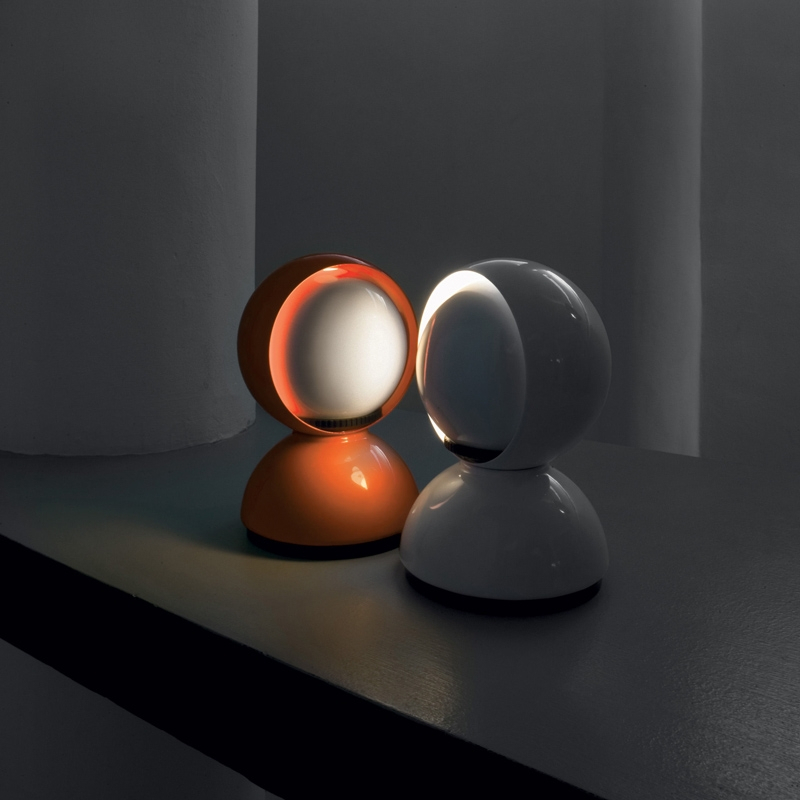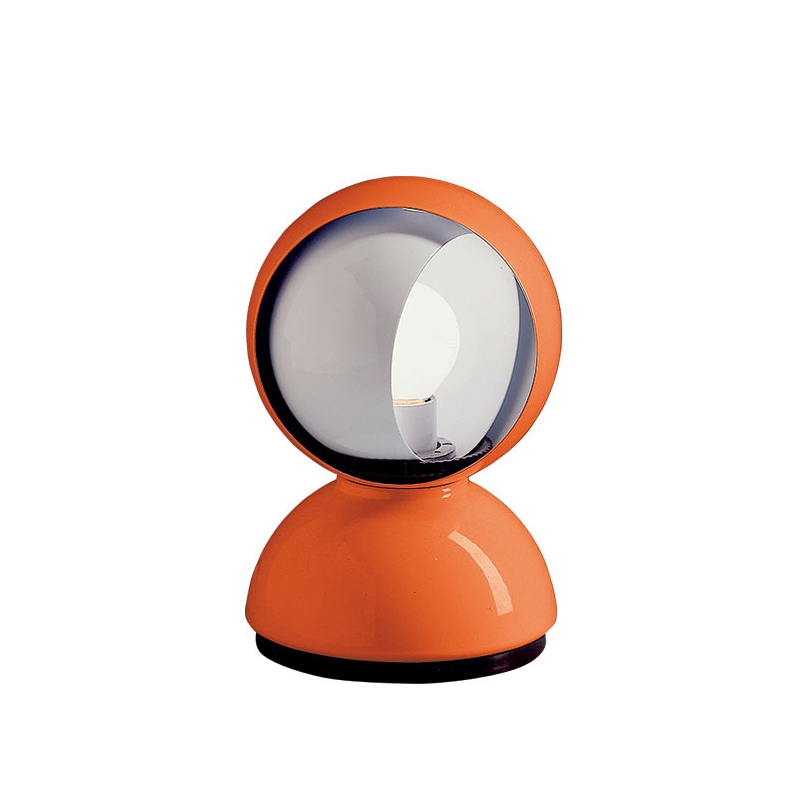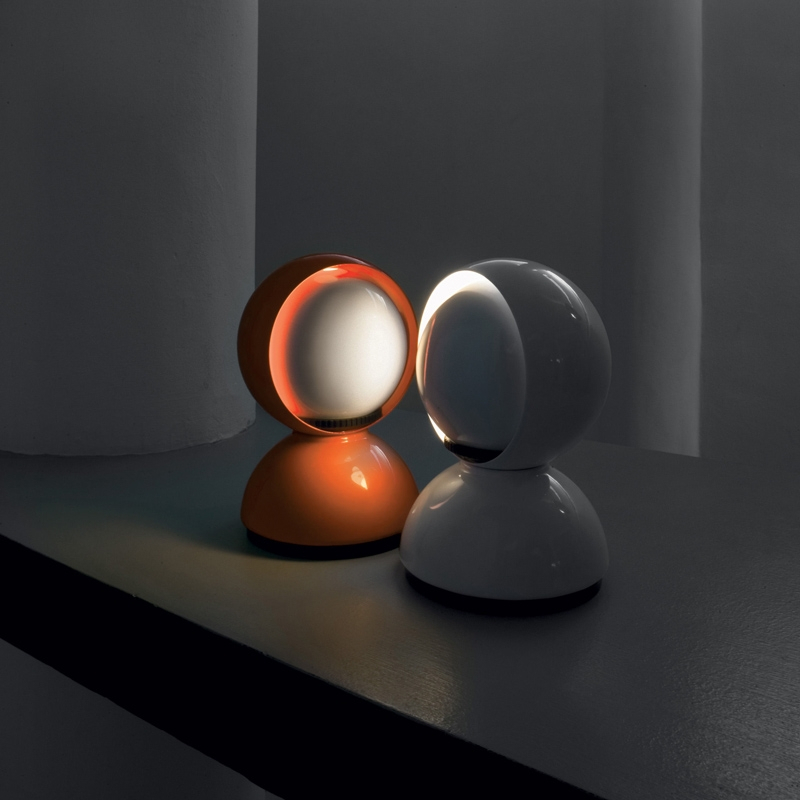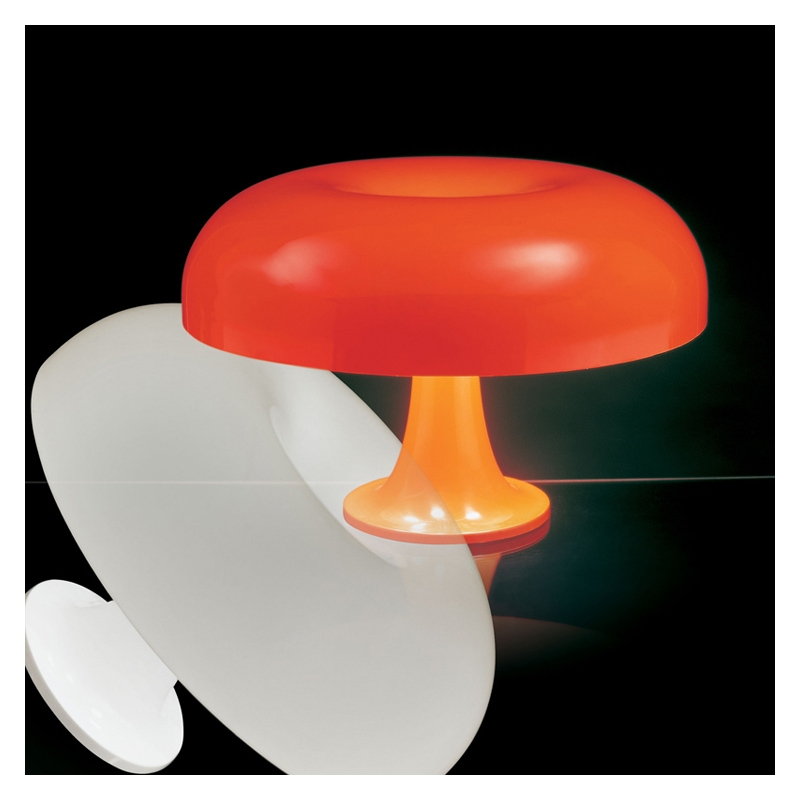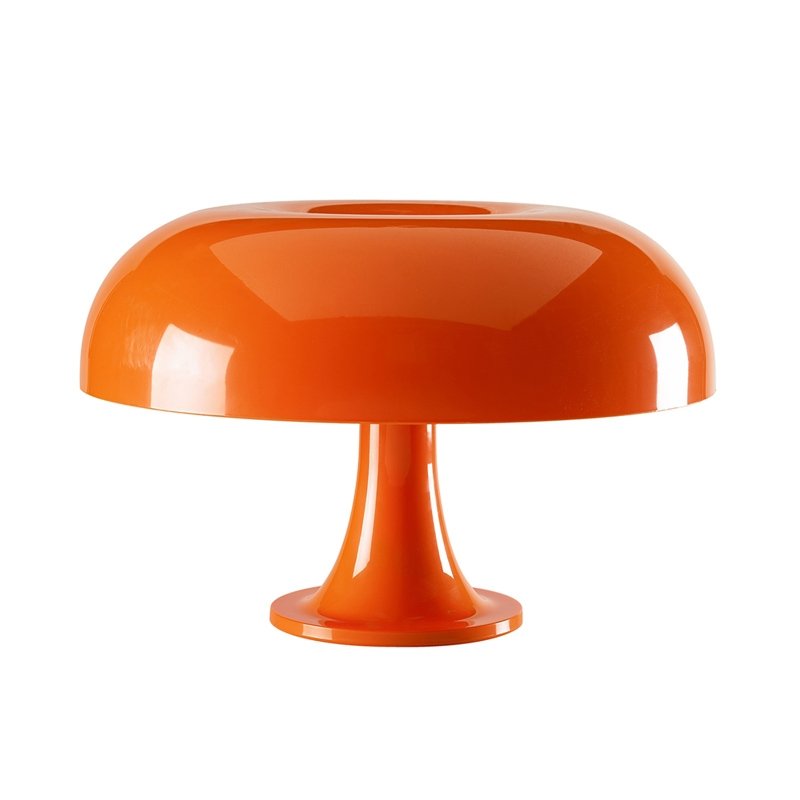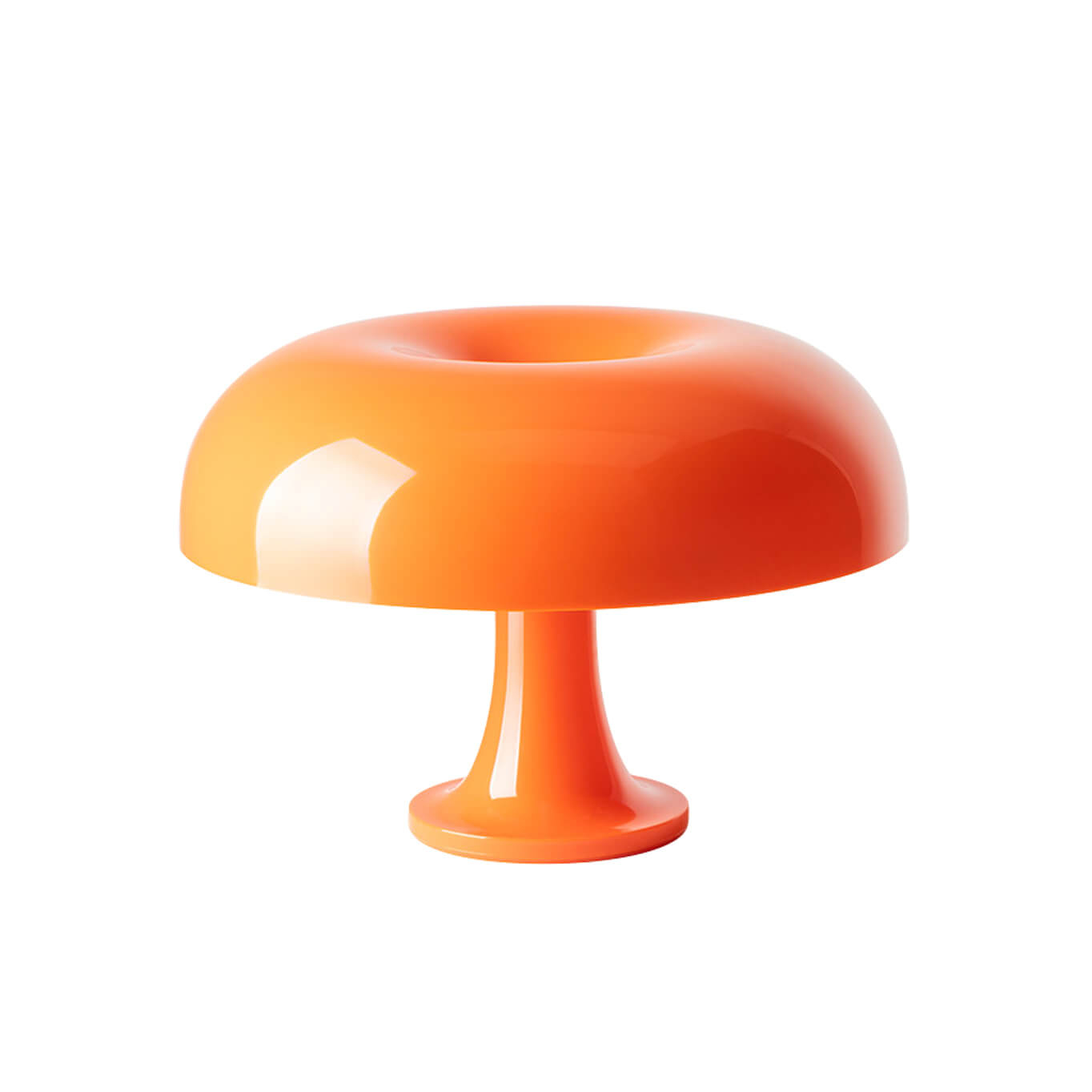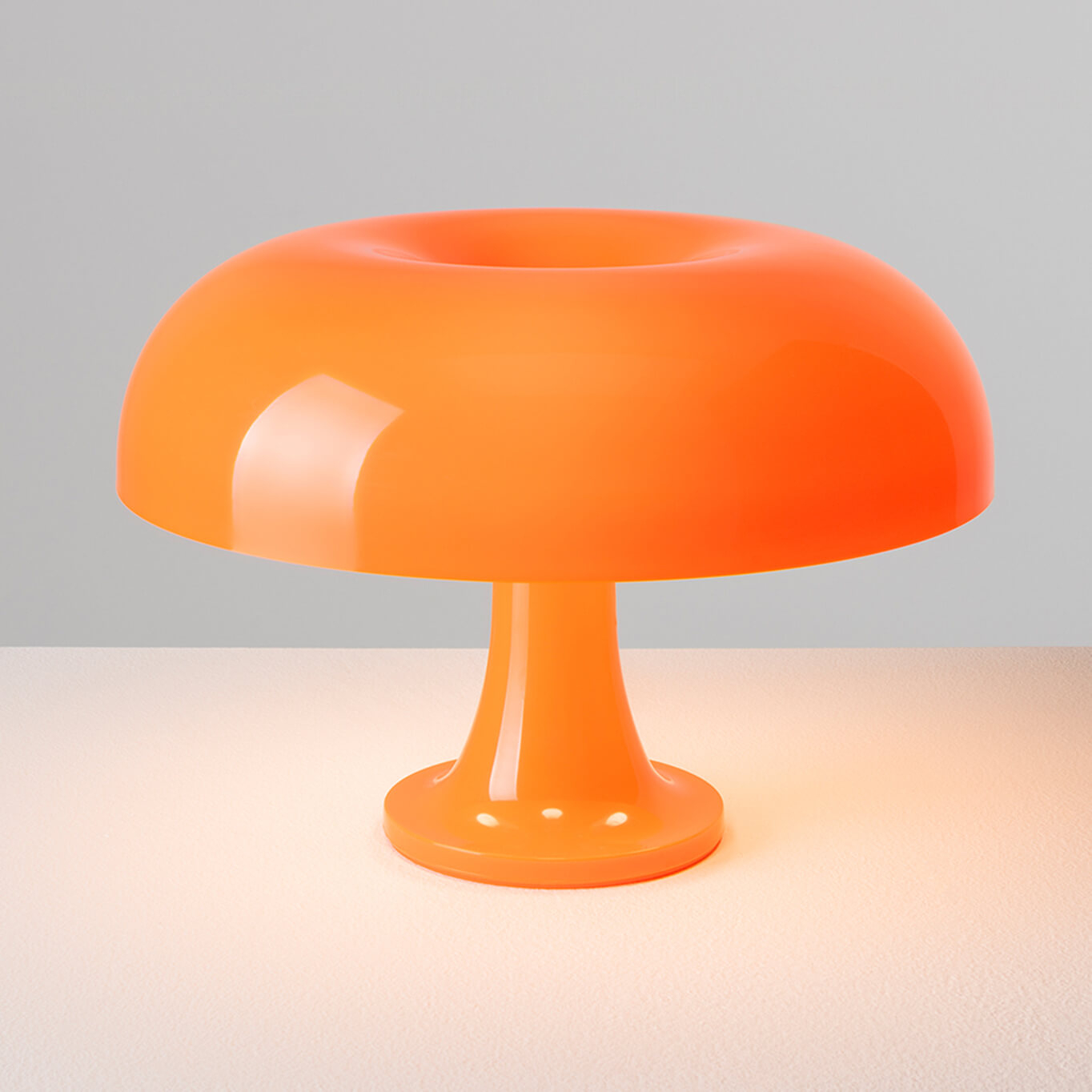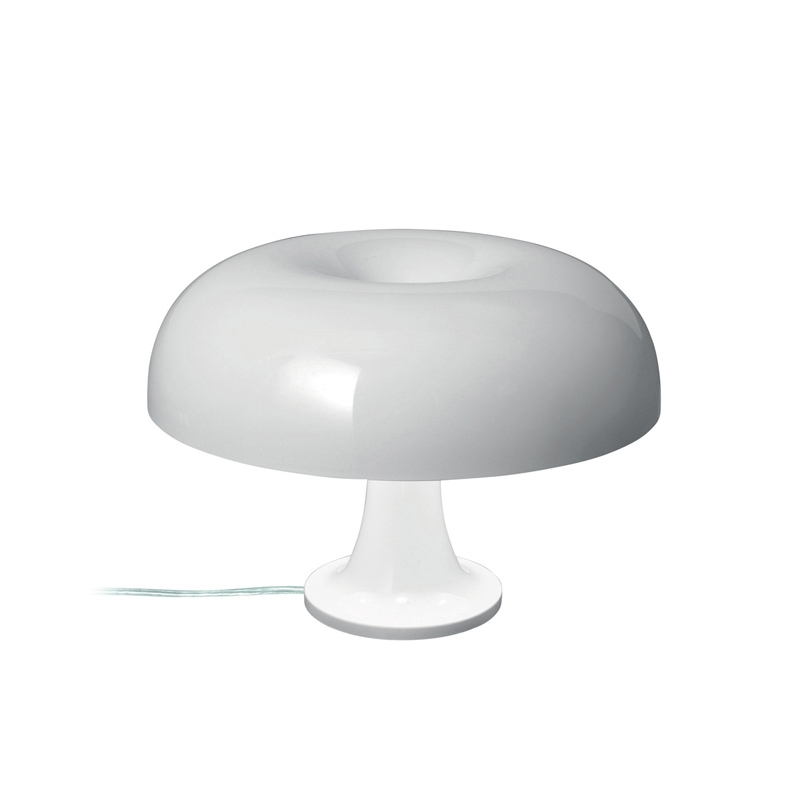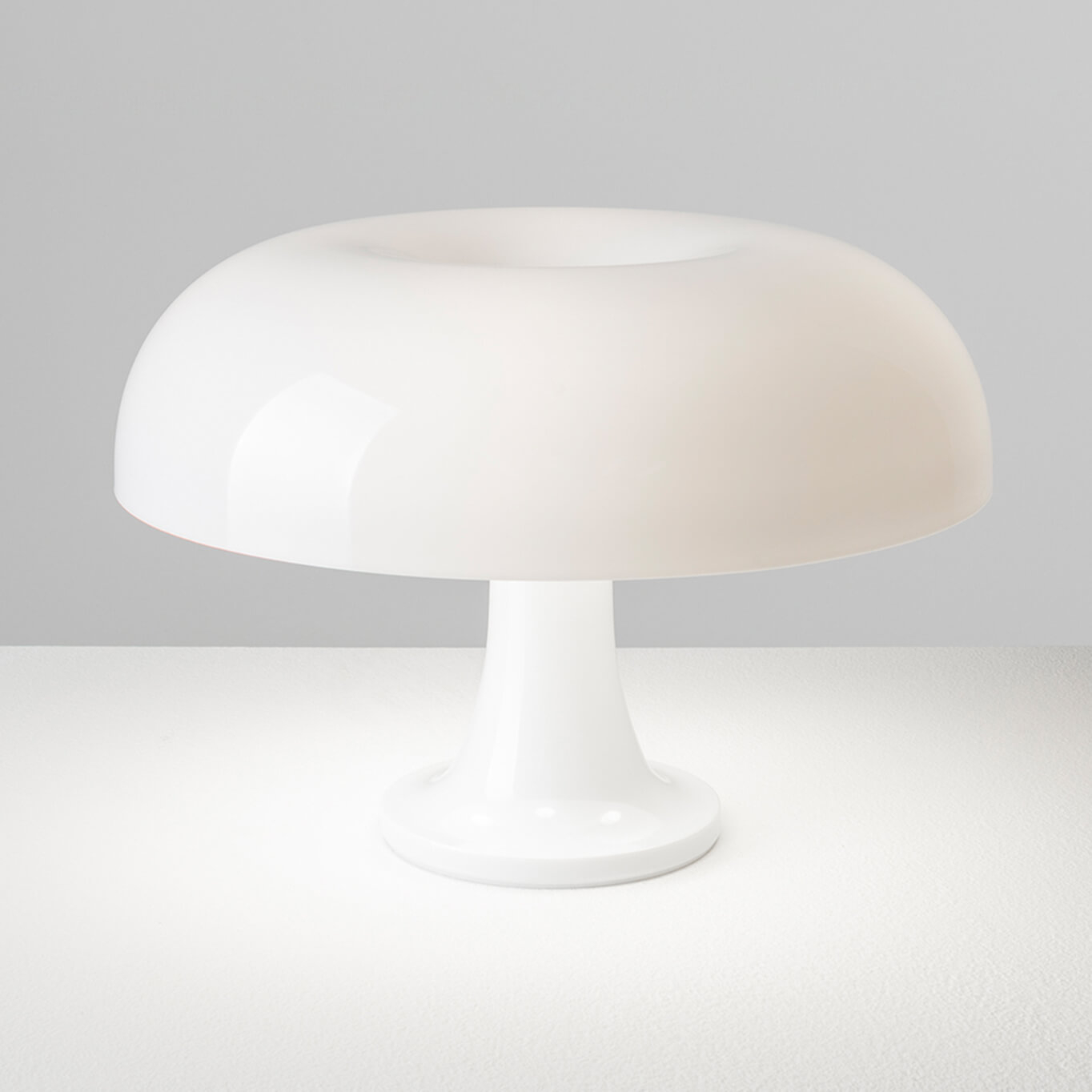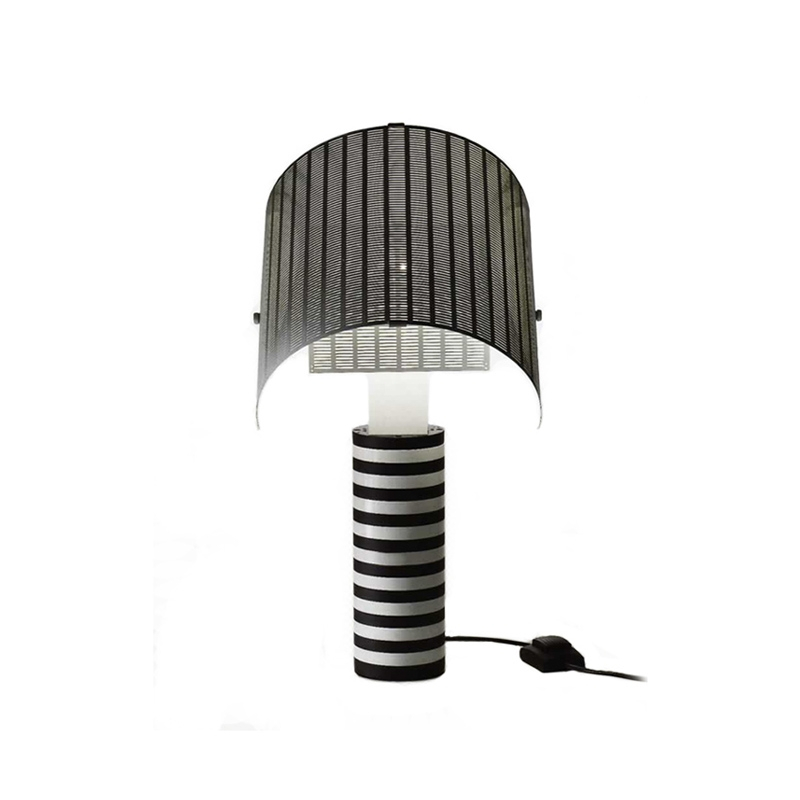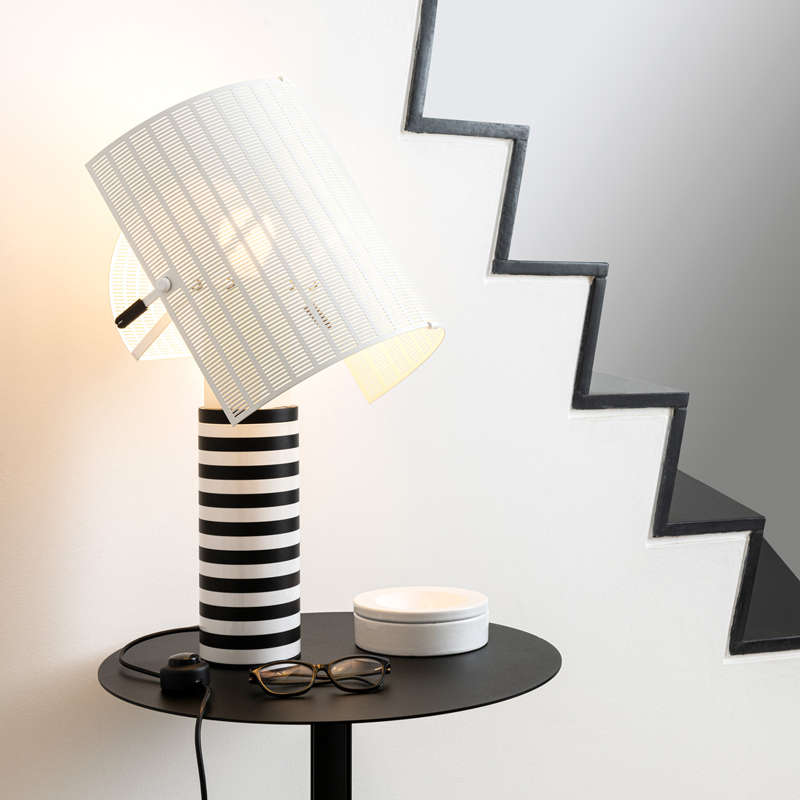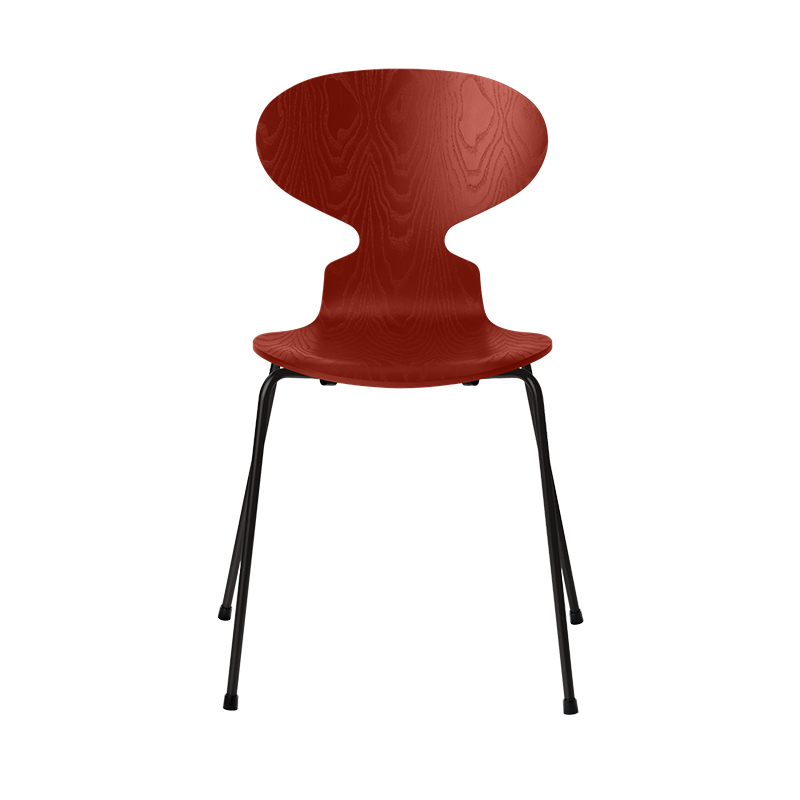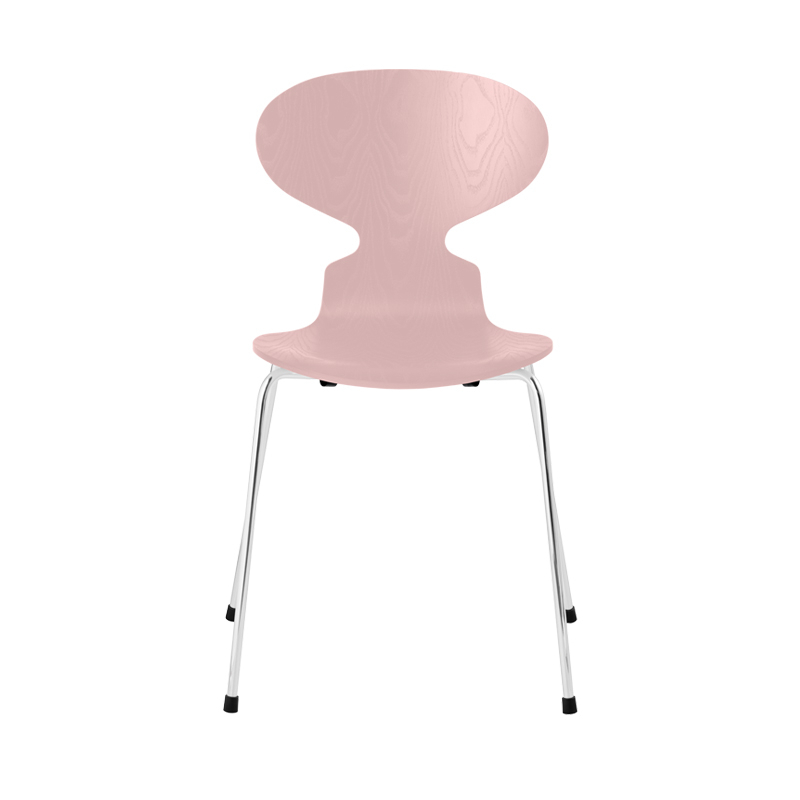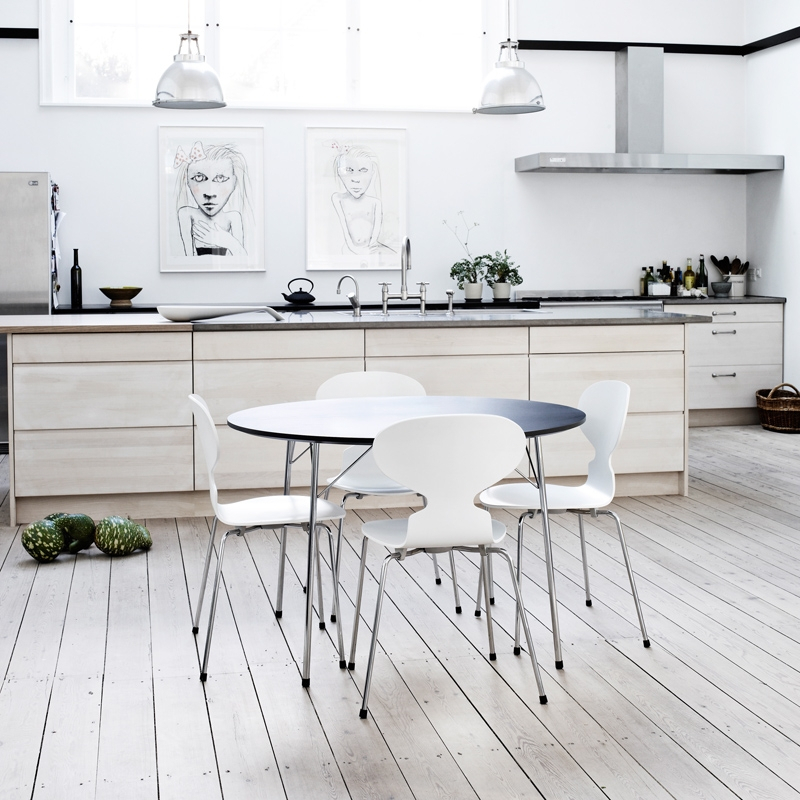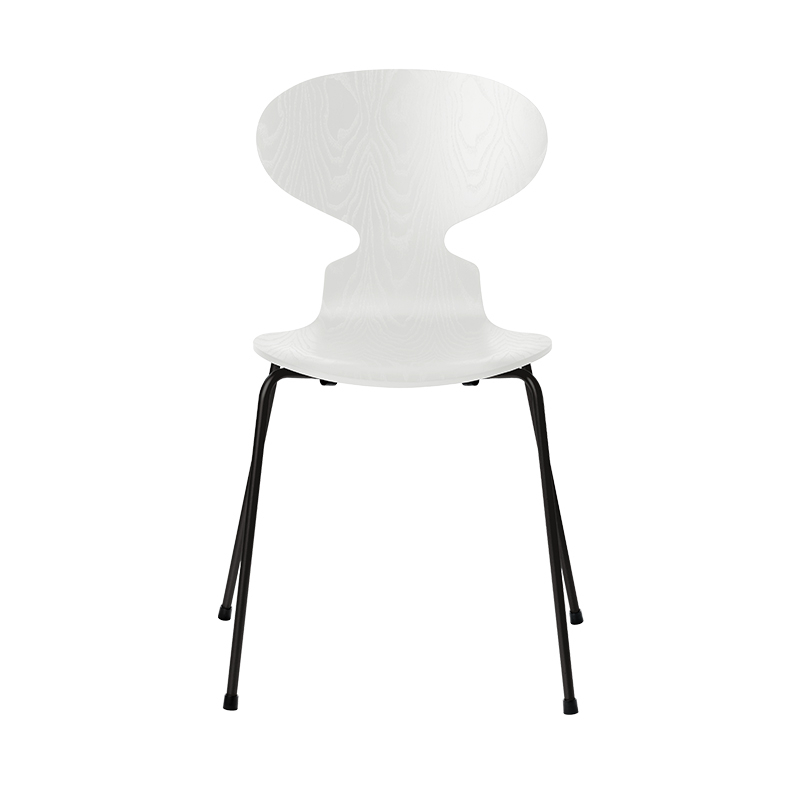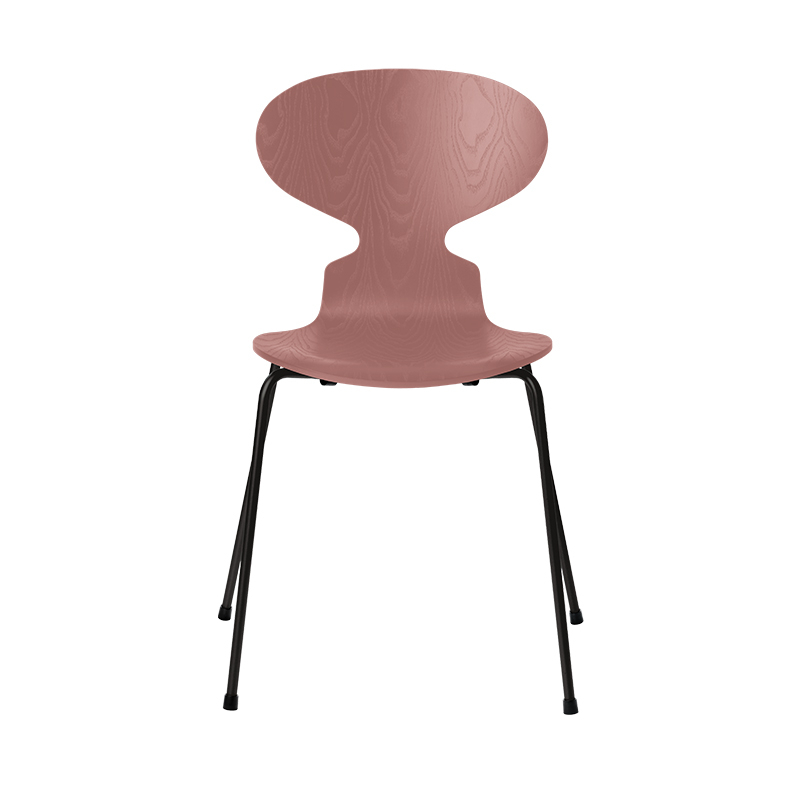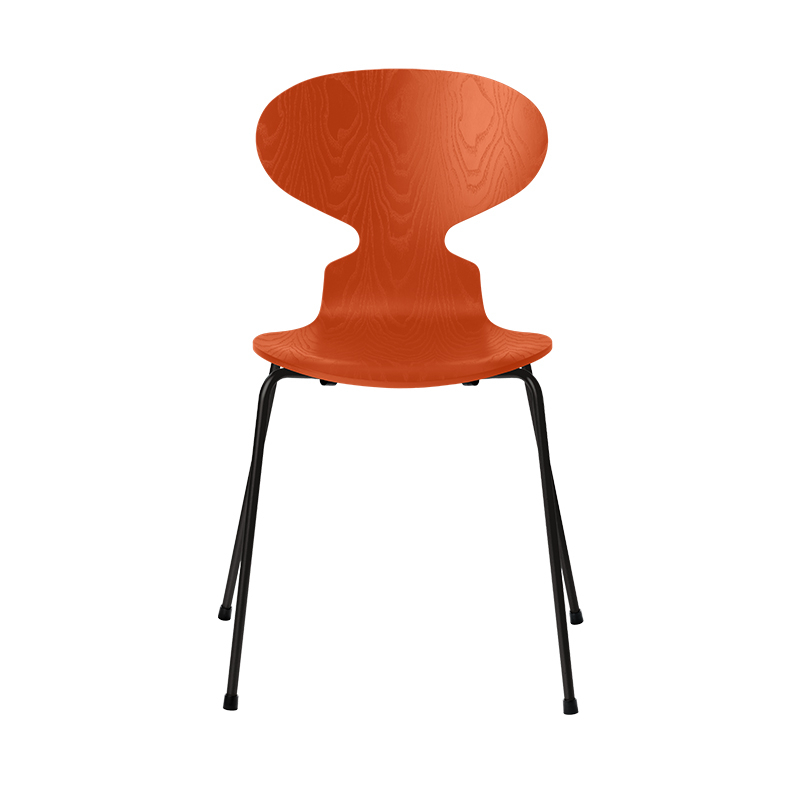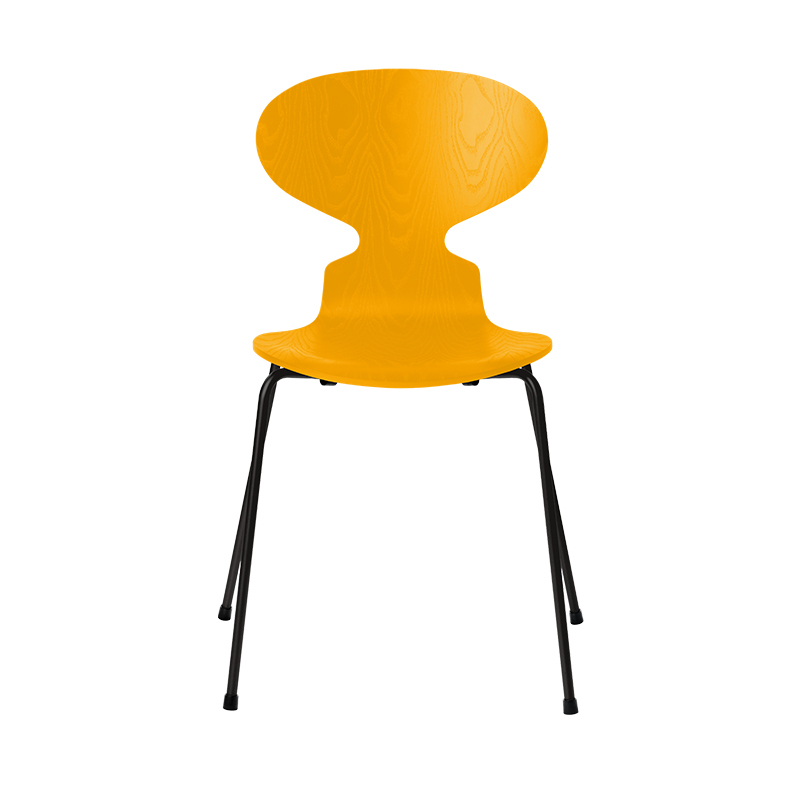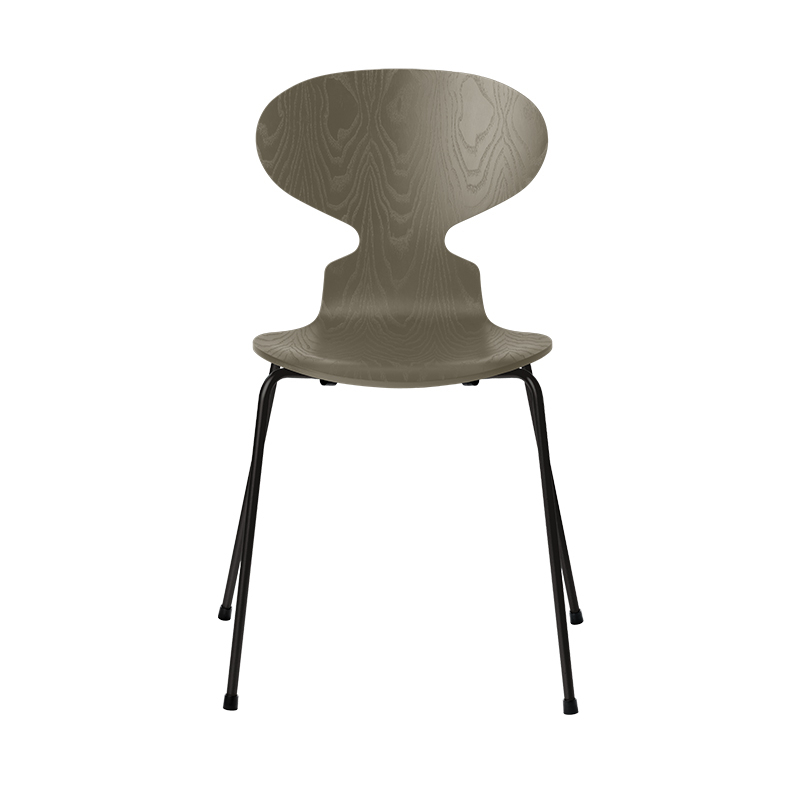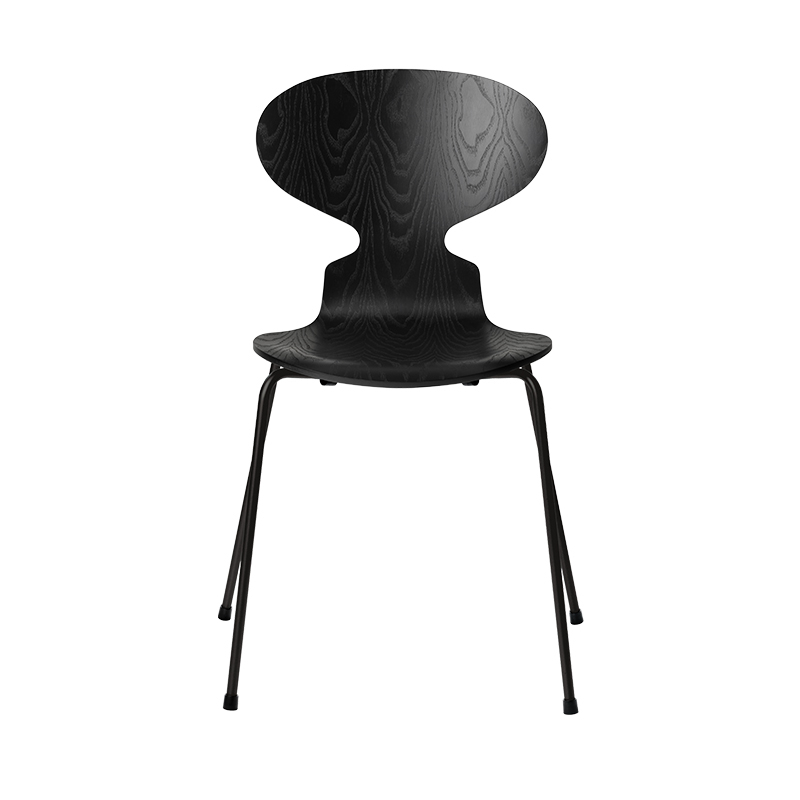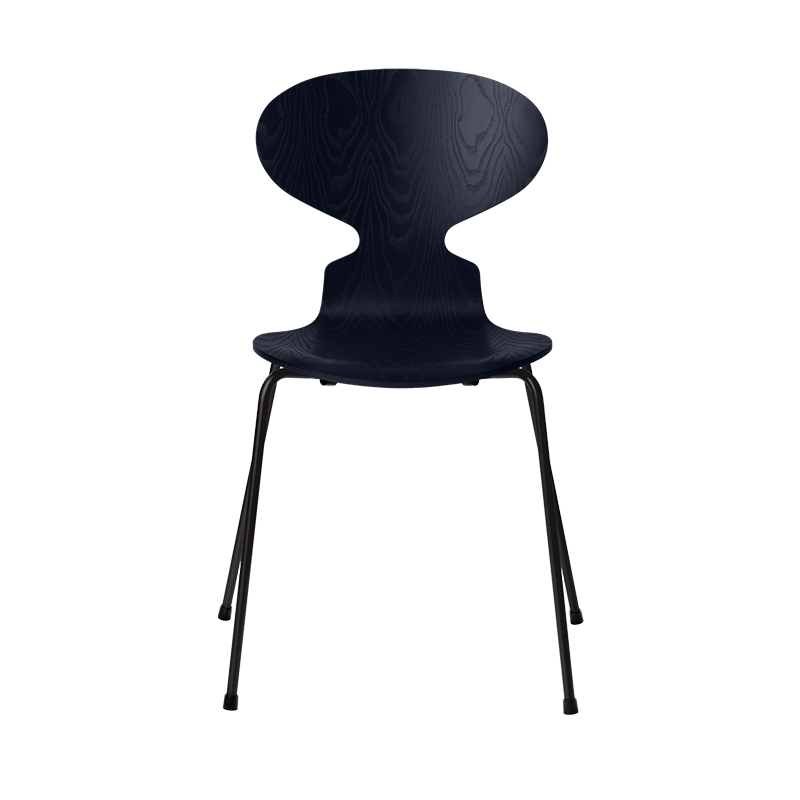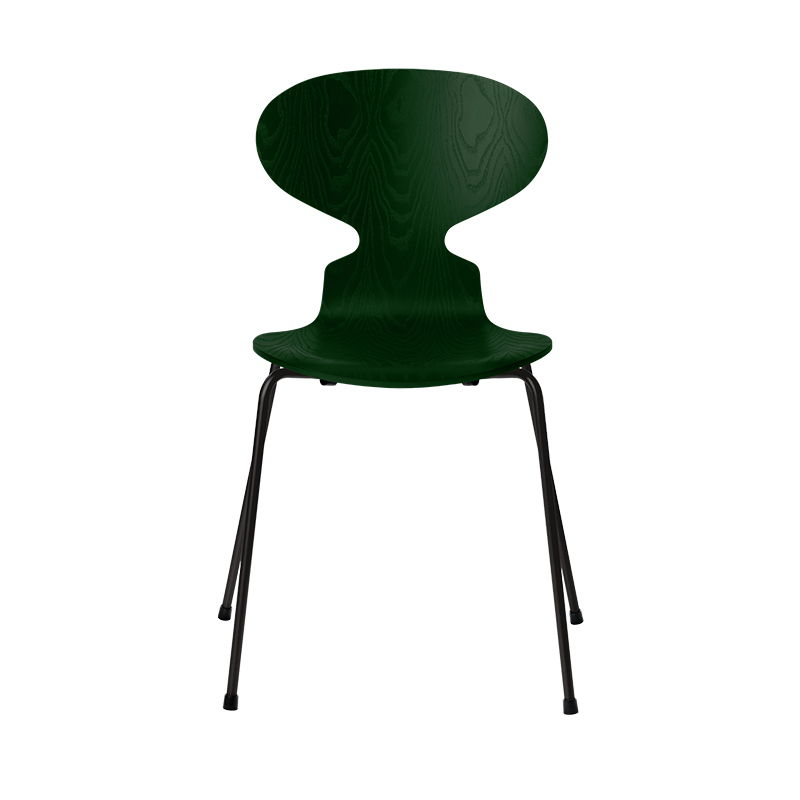- wishlist
-
Cart
Your cart is empty.
menu overlay
menu overlay
Already a customer?
New customer?
Enjoy all the benefits we offer and track your purchases in the order history.
Registermenu overlay
Reset my password
You will receive a link by email to reset your password.
-20%
Table Lamp AJ OXFORD H 41 Opal glass LOUIS POULSEN
€596.00
€745.00
€496.66 HT
or in

AJ OXFORD H 41 Opal glass
AJ OXFORD H 41 Opal glass
€596.00
€745.00
€496.66 HT
€596.00
€745.00
€496.66 HT
Description
Originally designed for St Catherine's College, Oxford, AJ Oxford is a table lamp, both sleek and highly graphic. Opened in 1963, St Catherine's College is the work of Arne Jacobsen. The AJ Oxford lamp was designed to be fixed in place and illuminate the establishment's impressive dining room, which housed long rows of oak tables and seated 350 people. The AJ Oxford lamp, which still lights up St Catherine's College, perfectly reflects the building's modernist architectural style.
Reissued by Louis Poulsen, the AJ Oxford lamp features a slender foot that blends harmoniously into the circular base. Its graphic style and monochrome colour palette make the AJ Oxford lamp a timeless element that fits perfectly into any interior. To suit all types of space, it is available in several versions: with or without a metal top shade, and in two different heights.
The AJ Oxford Louis Poulsen lamp harmoniously illuminates the surface on which it is installed thanks to the soft transparency of opalised blown glass. The version without the upper metal shade is brighter and creates a halo of light around the luminaire.
Technology
1 x 20w e14
Color
Verre opalin
Colour
white
Material
metal
Dimensions
ø 22 x h 41,3 cm, base ø 18,5 cm
Matériaux
verre soufflé opalisé, acier, aluminium, laiton non traité
- Home
- ▸
- Table Lamp
- ▸
- AJ OXFORD H 41 Opal glass
What you think of it
Delivery Terms
Delivery possible within 48 hours for in-stock products.
You will also like
By the same designer
menu overlay
Quote request
You will receive a response from us within 24/48 hours
Your contact details
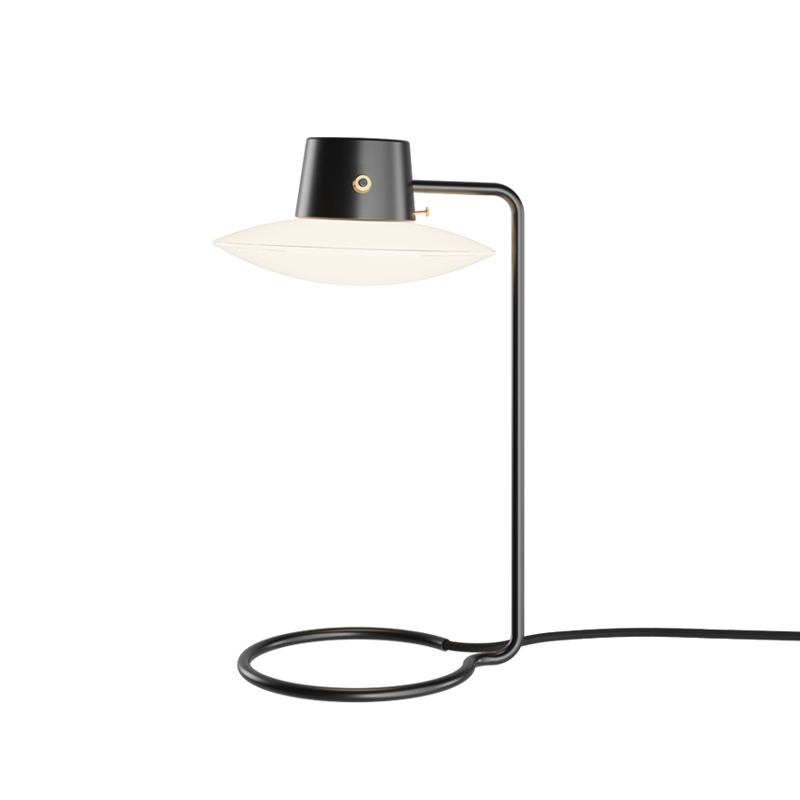
Table Lamp
AJ OXFORD H 41 Opal glass
LOUIS POULSEN
Color :
Verre opalin
€596.00 TTC
€596.00 HT
In stock
In stock
€596.00 TTC
€596.00 HT
Total items :
€596.00
Taxes
0 €
Total (VAT incl.)
€596.00


